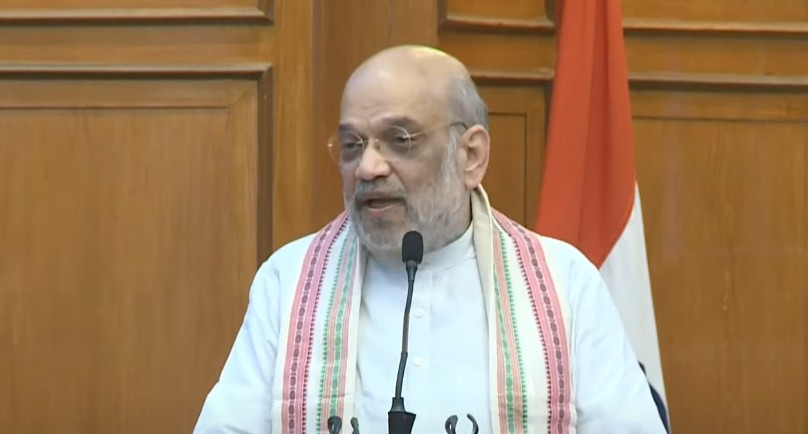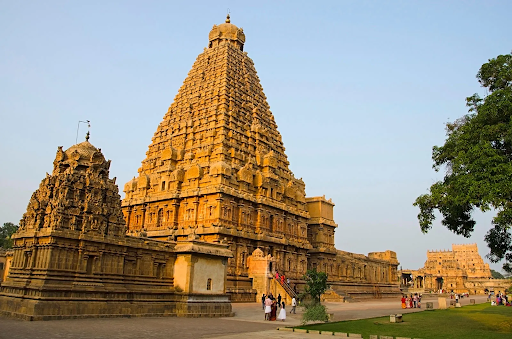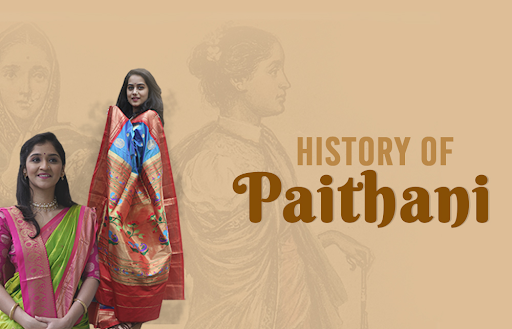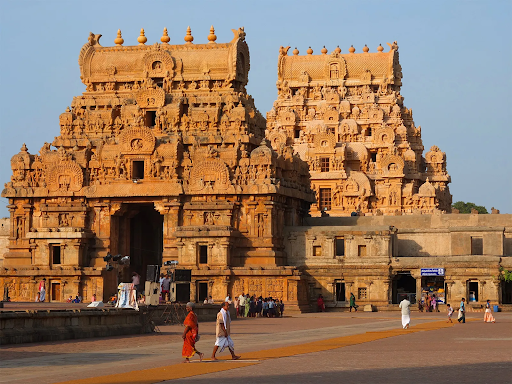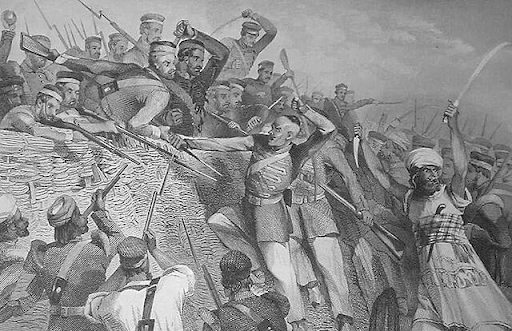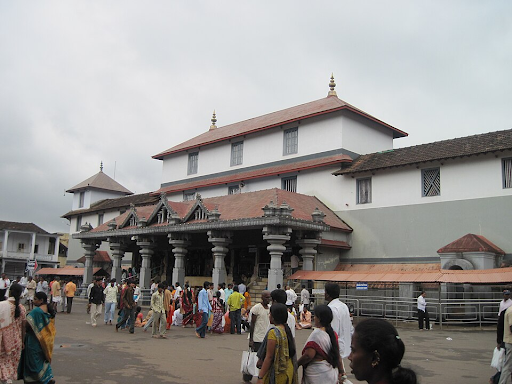Description
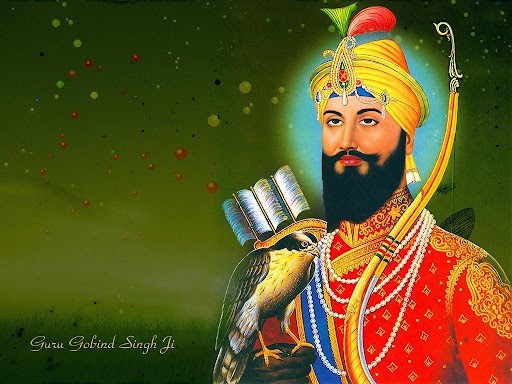
Disclaimer: Copyright infringement not intended.
Context
The Prime Minister, Shri Narendra Modi has paid homage to Sri Guru Gobind Singh Ji on his Parkash Utsav and recalled his courage as well as compassion.
Details
- Guru Gobind Singh Ji, the tenth Guru of Sikhism, is a highly revered and inspirational figure in Sikh history.
- Born on December 22, 1666, in Patna, India, he played a pivotal role in shaping the Sikh community and its identity.
Early Life
Birth and Childhood:
- Guru Gobind Singh was born as Gobind Rai to Guru Tegh Bahadur Ji, the ninth Sikh Guru, and Mata Gujri Ji.
- He spent his early years in Anandpur Sahib and was known for his intelligence, courage, and spiritual inclination from a young age.
Guruship and the Khalsa:
- Guru Gobind Singh Ji assumed the Guruship at the young age of nine after the martyrdom of his father, Guru Tegh Bahadur Ji.
- He formalized the initiation ceremony (Amrit Sanskar) and established the Khalsa Panth on April 13, 1699, during the Baisakhi festival.
Creation of Khalsa:
- Guru Gobind Singh Ji initiated the Panj Pyare (Five Beloved Ones) and transformed them into the first members of the Khalsa.
- The Guru bestowed the title of "Singh" (lion) to male Sikhs and "Kaur" (princess) to female Sikhs, emphasizing equality and a sense of martial spirit.
Contributions to Sikhism
- Literary Contributions:
- Guru Gobind Singh Ji made significant contributions to Sikh scripture. He compiled the Guru Granth Sahib, the holy scripture of Sikhism, and included hymns from the ninth Guru and his own compositions.
- His writings include the Jaap Sahib, Tav-Prasad Savaiye, and the Zafarnama.
- Guru Gobind Singh is also associated with the Dasam Granth, a controversial religious text that includes hymns, mythological tales, fables, and discussions on theology. Its role in Sikh practice and authority is debated among Sikhs.
- Military Leadership:
- Guru Gobind Singh Ji was a skilled warrior and led the Sikhs in several battles against the oppressive Mughal rulers.
- The Guru, emphasizing the concept of righteous defense, carried a pair of swords known as "Miri" (temporal authority) and "Piri" (spiritual authority).
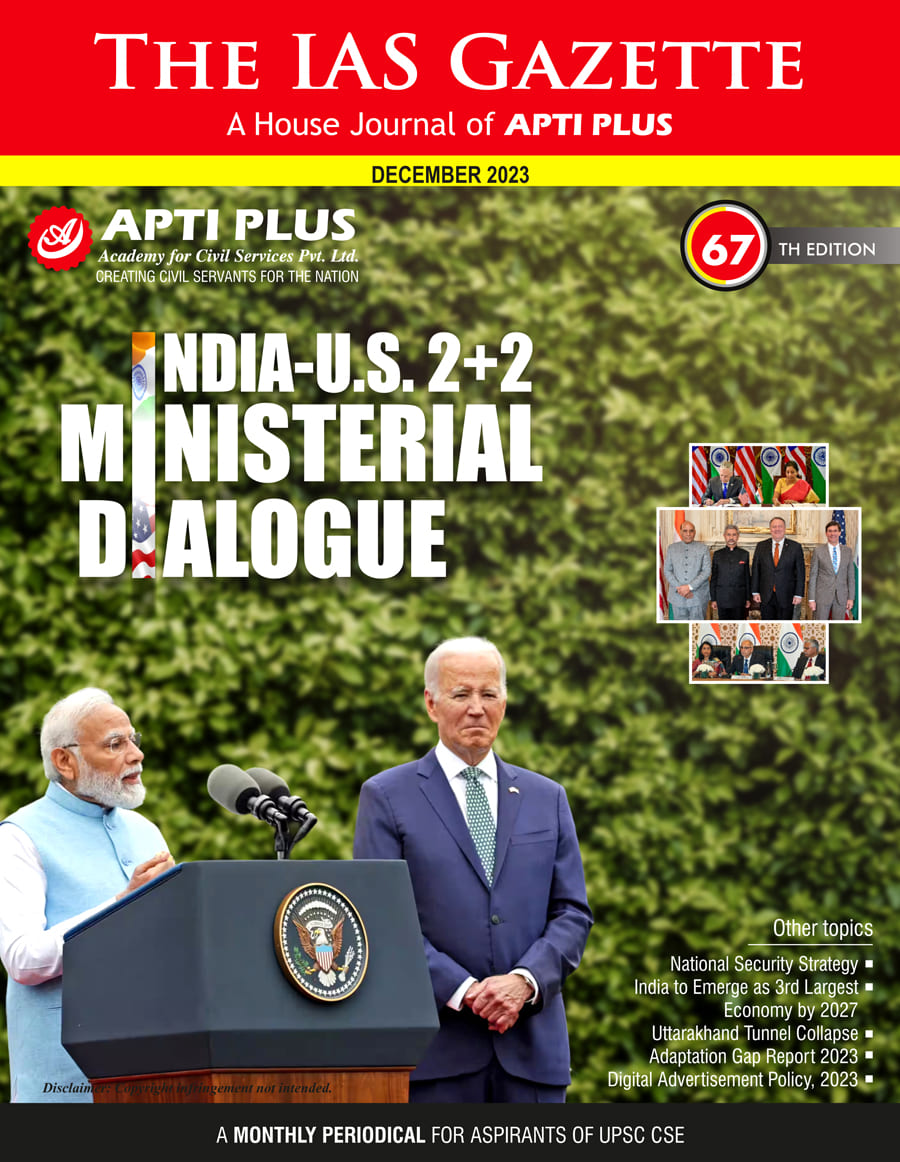
Teachings
- Spiritual Equality:
- Guru Gobind Singh Ji emphasized the concept of equality among all human beings, irrespective of caste, creed, or gender.
- The initiation into the Khalsa removed all distinctions, promoting a sense of unity and brotherhood.
- Dharamyudh - Righteous Warfare:
- Guru Gobind Singh advocated for "Dharamyudh," the concept of righteous warfare. He emphasized that such battles should be fought as a last resort, to end persecution, uphold religious values, and stop tyranny.
- Khalsa Code of Conduct:
- The Guru introduced the Khalsa, a community of initiated Sikhs bound by a code of conduct. The Khalsa adopted the Five Ks (Kesh, Kangha, Kara, Kirpan, Kacchera) and followed principles of discipline, including abstaining from tobacco, halal meat, fornication, and adultery.
- Defender of Dharma:
- Guru Gobind Singh played a crucial role in defending Sikhism against the persecution by the Mughal Empire, particularly under the rule of Aurangzeb. His commitment to dharma (righteousness) was unwavering.
Sikh Military Tradition
- Warrior Tradition:
- The Guru led a total of 21 battles against the Mughal Empire and local rulers, defending the Sikh community from persecution. He exemplified the spirit of a warrior and urged Sikhs to be prepared to fight for justice and righteousness.
- Battle of Muktsar:
- The Battle of Muktsar in 1705 marked the last battle led by Guru Gobind Singh. The Chalis Mukte (Forty Liberated Ones) sacrificed their lives in this battle, contributing to the Sikh military tradition.
Legacy and Death
- Martyrdom of Sons:
- Guru Gobind Singh faced the tragic loss of his four sons during his lifetime. Two sons, Zorawar Singh and Fateh Singh, were executed by the Mughal governor Wazir Khan, while the other two, Ajit Singh and Jujhar Singh, died in battle.
- Final Battle and Death:
- The Guru faced the challenging siege of Anandpur Sahib by the Mughal forces, leading to extreme hardships for him and his followers.
- In 1705, after leaving Anandpur Sahib under an agreement with Aurangzeb for safe passage, Guru Gobind Singh and his followers were attacked. In the ensuing battle, the Guru lost his family members, including his mother Mata Gujari and his two younger sons.
- Guru Gobind Singh's life came to an end on October 7, 1708, in Nanded, Maharashtra. He was assassinated by a Pathan while in meditation.
- Martyrdom:
- Guru Gobind Singh Ji faced numerous challenges and hardships, including the martyrdom of his father, the persecution of Sikhs, and personal losses.
- He sacrificed his entire family in the struggle for religious freedom, with his sons being martyred and his mother passing away due to the atrocities.
- Eternal Guru:
- Before his passing, Guru Gobind Singh Ji declared the Guru Granth Sahib as the eternal Guru, ensuring that there would be no human successor to the Guruship.
Celebrations
- Sikhs celebrate Guru Gobind Singh Ji's birth anniversary (Gurpurab) with great enthusiasm and devotion.
- Baisakhi, the day of the creation of the Khalsa, is celebrated as a major Sikh festival.

Conclusion
Guru Gobind Singh Ji's legacy continues to shape Sikhism, and his teachings resonate with people seeking spiritual guidance, equality, and justice. His life is a testament to the principles of righteousness, selflessness, and the unwavering commitment to the Sikh faith.
MUST READ ARTICLES:
https://www.iasgyan.in/blogs/sikh-gurus
|
PRACTICE QUESTION
Q. Examine the teachings of Guru Gobind Singh and their impact on Sikhism. How did his spiritual and martial philosophy shape the Sikh community, and what role did the establishment of the Khalsa play in the evolution of Sikh identity? (250 Words)
|
Array
(
[0] => daily-current-affairs/guru-gobind-singh
[1] => daily-current-affairs
[2] => guru-gobind-singh
)






